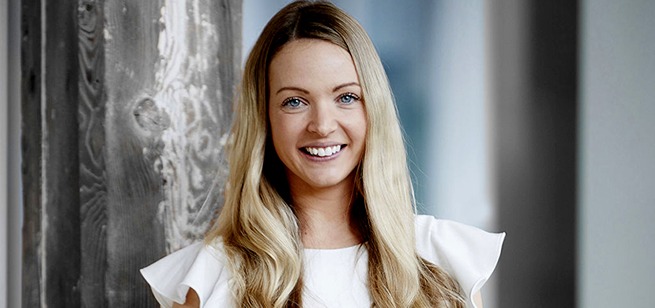A new report on NSW property from Domain has tracked a 40 per cent rise in house prices across the state capital from June 2020 to March 2022 – the city’s quickest and sharpest equity boost on record.
Domain has noted Australia’s property boom over the last decade has established Sydney as one of the most expensive housing markets in the world.
Nicola Powell, chief of economics and research at Domain, commented the price rises had widened the “wealth divide between home owners and non-owners”, while stretching the ability of others to upsize.
During a webinar discussing the report, she also noted the NSW government’s new round of housing measures in its state budget released on Tuesday (21 June).
The state has confirmed that stamp duty will now be optional for first home buyers from next year, with the alternative being an annual land tax, available for property purchases up to a value of $1.5 million.
Modelling from Domain has shown that the stamp duty a buyer would currently pay on a $1.5 million home in NSW would take around 18 years to accrue the same amount in property tax.
While Dr Powell said part of her wanted to applaud the reform and the government for taking action on stamp duty, she noted more could be done.
“It’s a trial, it’s for first home buyers. I wish that trial was for all buyers to access, because if the NSW government actually do this and get it across the line, it’s very likely that the rest of the states and territories will follow,” she said during the webinar on Tuesday (21 June).
Dr Powell also noted that stamp duty is a “major tax revenue” for state governments, making it hard to dispel.
“It’s almost like they just need to rip the band aid off because it is one of the least efficient taxes with huge economic and social costs. It’s a disincentive to move. It’s a disincentive to downsize,” she said.
“We have a misallocation of housing in Australia. One fifth of homes that are owned outright have three or more spare bedrooms, which is an extraordinary excess of spare bedrooms for one in five properties.
“And even those that are owned with a mortgage, it’s sitting at about one in 10 properties have three or more spare bedrooms.”
The removal of stamp duty could help with housing supply, or “right-sizing” of homes, Dr Powell said.
“What it will do is mobilise our workforce. We will make better decisions around the life stages that we’re in and the jobs that we take, and our decisions won’t be shadowed by the lump of stamp duty,” she said.
Similarly, John Minns, the NSW property services commissioner, called stamp duty a “tax on mobility”.
“I would love to see it [the land tax scheme] succeed and move forward sooner rather than later,” he said.
Ewan Morton, joint managing director of Morton Real Estate and former director with the Real Estate Institute for NSW welcomed the stamp duty reform, saying it would ease the process to enter the property market.
However, he noted that the government still needs to “deal with the messiness of supply”, including issues for tenants.
“Obviously, the best way to improve affordability is to increase supply. And if you look at the rental market right now, I’ve never seen it so tight,” he said.
“Offices where we would generally have 20 to 25, maybe 30 properties available for rent at any time, at the moment they’ve got five or six, and they’ve been rented very quickly and there’s big rent increases.”
House prices are slowing down, but recent gains unlikely to be wiped
The Domain report noted there are signs of reprieve for buyers on the horizon, with the price growth rate hitting its fastest slowdown.
A year ago, Sydney house prices were rising at 46 times the current pace.
In the eastern suburbs of the city, prices had peaked in June last year, but Dr Powell noted that since then, around $350,000 has been wiped from the area’s average values.
The average time a property spends on the NSW market is also now stretching out. In Sydney, it is taking eight more days for houses to sell compared to the recent multi-year low, while regional NSW houses are taking one day longer.
Supply is also increasing, with the houses listed in Sydney up by 8 per cent, while units have increased by 10 per cent annually.
However in regional NSW, the total number of houses for sale is 1 per cent higher compared to a year ago, and 13 per cent lower for units.
“We see bigger swings in markets where incomes are higher, households are more indebted and there’s proportionately more investment activity. That’s always the way that particularly Sydney and Melbourne have performed and we’re likely to see that now,” Dr Powell said.
“I think the added part to the sentiment story is you’ve got homeowners now facing interest rate rises and some of these homeowners have never experienced a hike. And I think that is what really feeds into the worry for homeowners.”
However, the reversal isn’t expected to cancel out the gains in the last two years. Dr Powell explained that the city’s prices could pull back by 10-15 per cent, after rocketing up by 40 per cent.
“Historically, downturns have been shorter and less severe compared to the preceding upswing,” she said.
“We are expecting the slowdown in price growth to continue and purchasing conditions to improve for buyers, but it is unlikely we will see a return to pre-pandemic prices.”
[Related: NSW stamp duty reform is limited: PropTrack]
 ;
;
